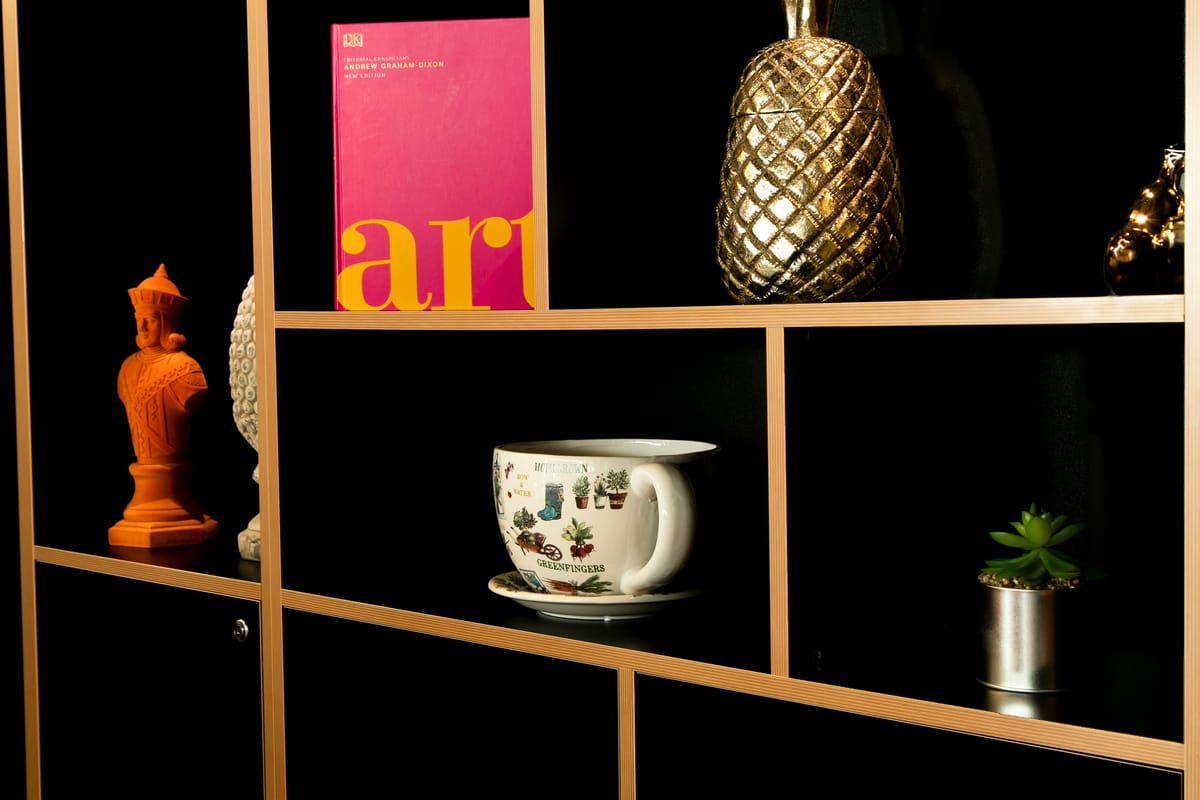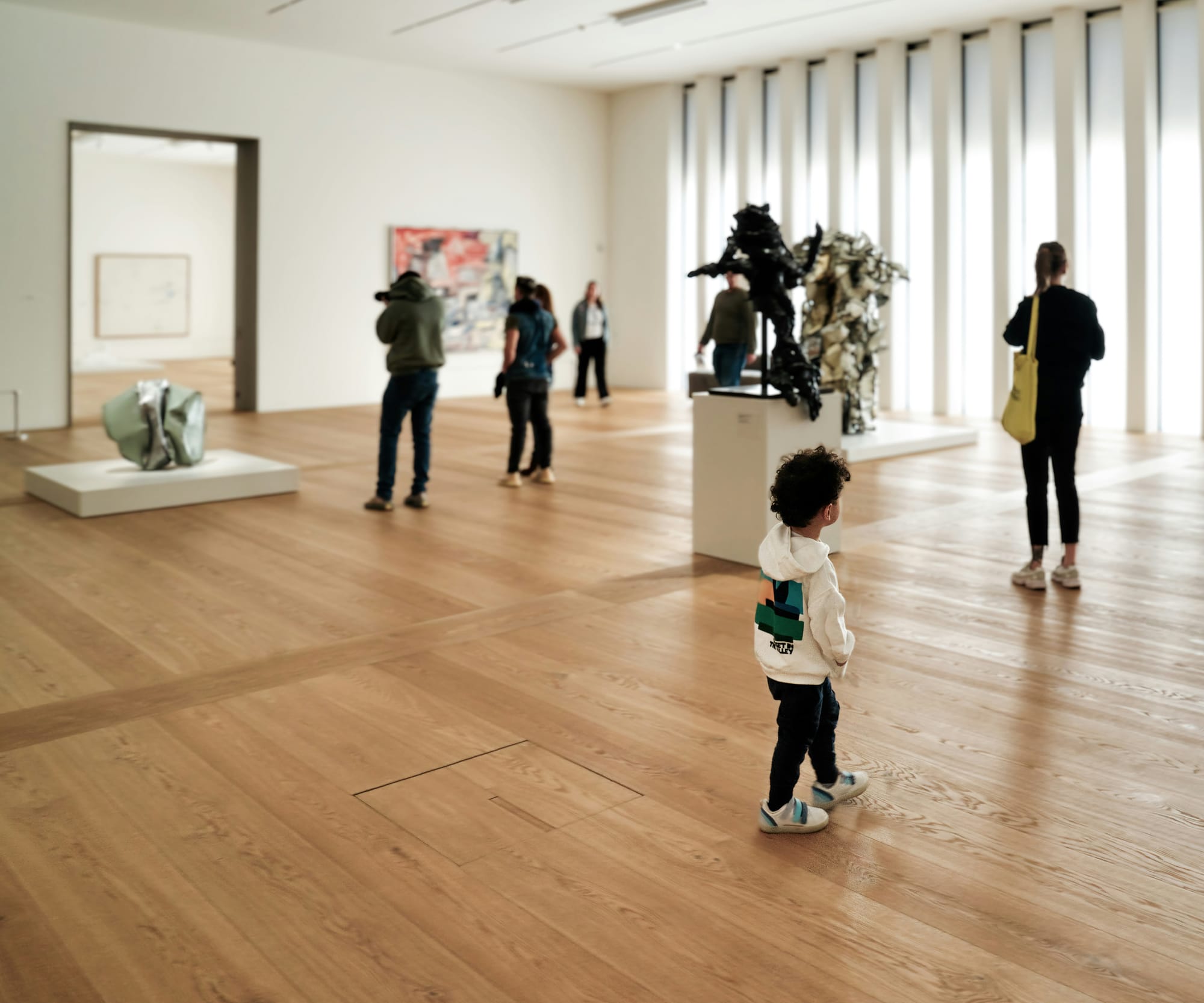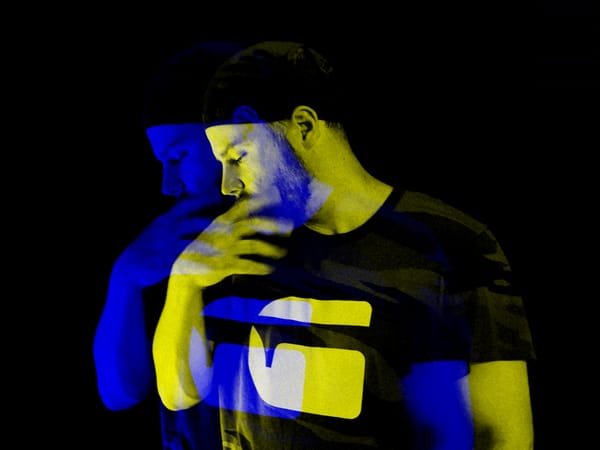What Would You Preserve If Your Home Became a Museum?
Readers share what they'd protect if their homes became museums. The responses were personal, poetic and deeply moving.

Last week, we posed a deceptively simple question: If your home became a museum, what would you protect?
You told us. And it wasn’t about prestige. Or furniture. Or perfect gallery lighting.
It was about feeling.
It was about memory.
It was about people.
And what they leave behind.
The mirror that still holds a presence
One reader shared this quietly powerful image:
“The hallway mirror. I haven’t moved it since my dad died. You can still see the slight smudge from where he used to adjust his tie every morning. If someone walked through this house in a hundred years, I’d want them to see that. Not his tie. The gesture.”
Not an object of display. But a memory, caught in glass.
The labels that made a kitchen human
Another told us:
“My mom’s handwritten labels. She labeled every jar. Chickpeas. Lentils. Cloves. In her handwriting always slightly crooked. I never threw them out, even after switching containers.”
What makes something worth preserving?
Sometimes, it’s the curve of someone’s lettering. The proof that someone was once here organizing, nurturing, naming.
The drawer that carries a life
Several answers brought us to the kitchen, but not for food.
“The kitchen drawer of junk. You know the one. Batteries. Rubber bands. Old keys to forgotten locks. It’s where we dropped our days. That drawer is our life story. The randomness. The mess. The utility. The surprises. Why would I curate that away?”
The most ordinary spaces, it turns out, hold the most intimate truths.
The light that refuses to behave—and that’s the point
We also heard this:
“There’s a light in the hallway that flickers when it’s cold. I’ve replaced it three times. It keeps flickering. It used to annoy me. Now it feels like the house breathing. I don’t want it fixed. I want it remembered.”
Sometimes what lasts is not what works—but what insists on being felt.
The chair that marks a life
And finally, this detail, small and full of weight:
“My grandfather’s chair with the cushion that’s flattened only on one side. That’s how you know where he always sat. Watching cricket. Saying nothing. Being there.”
There are objects—and then there are traces.
One tells you what something is.
The other tells you who someone was.
We thought we were asking about design.
You answered with memory.
We thought you’d mention paint colors.
You gave us emotional architecture.
So what did we learn?
That maybe a home becomes a museum the moment we decide it’s worth keeping.
That maybe culture lives in what we leave exactly as it is.
And that maybe the most meaningful curatorship is what we do without meaning to.
📩 More stories? Send them to: news@artwalkway.com
We’ll publish a few more next week.
Until then—maybe take a moment in your own space.
Notice what you’d protect.
You might be building a museum already.
Written by ART Walkway Editors
For everyone who answered: Thank you💛 You make this space real.






